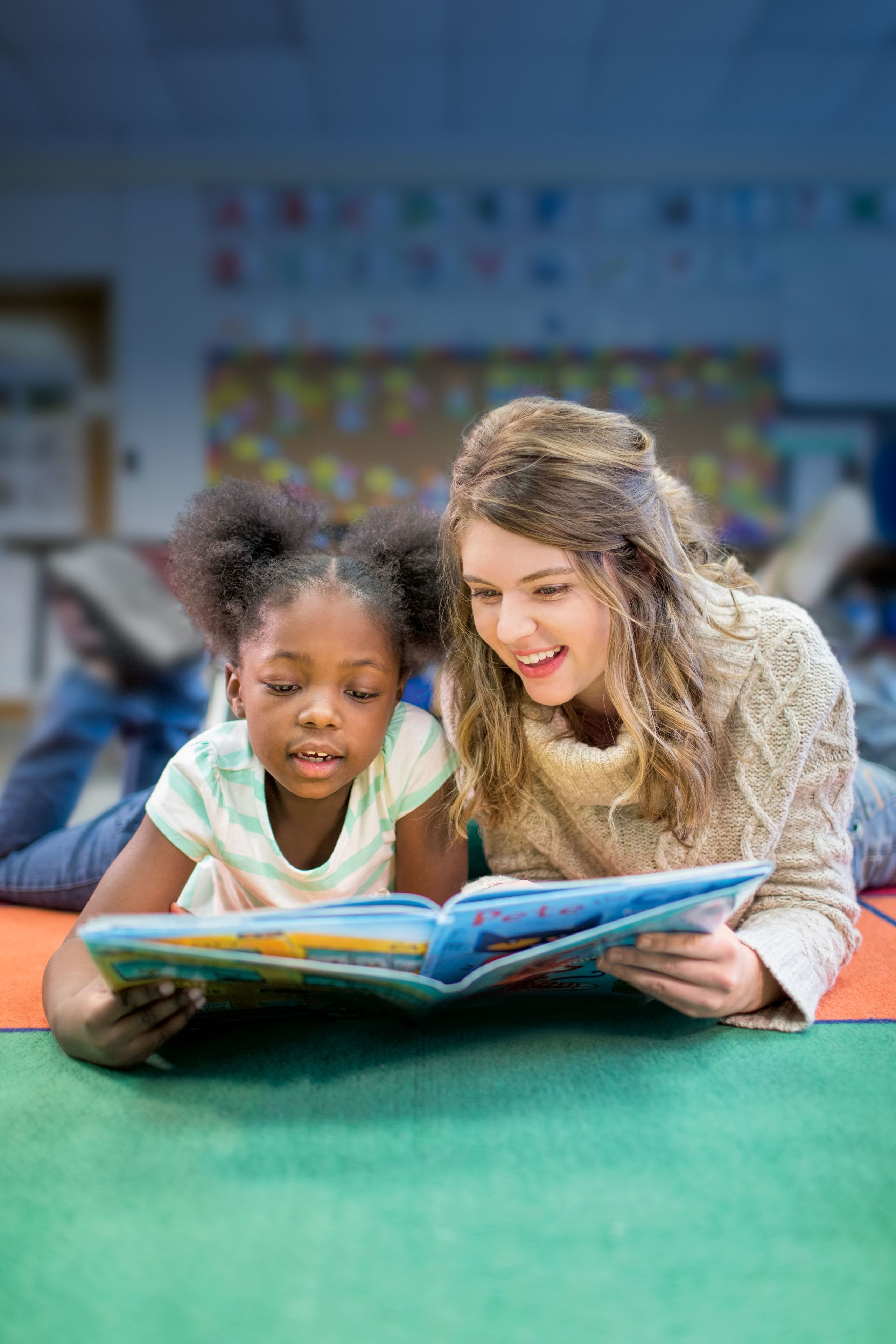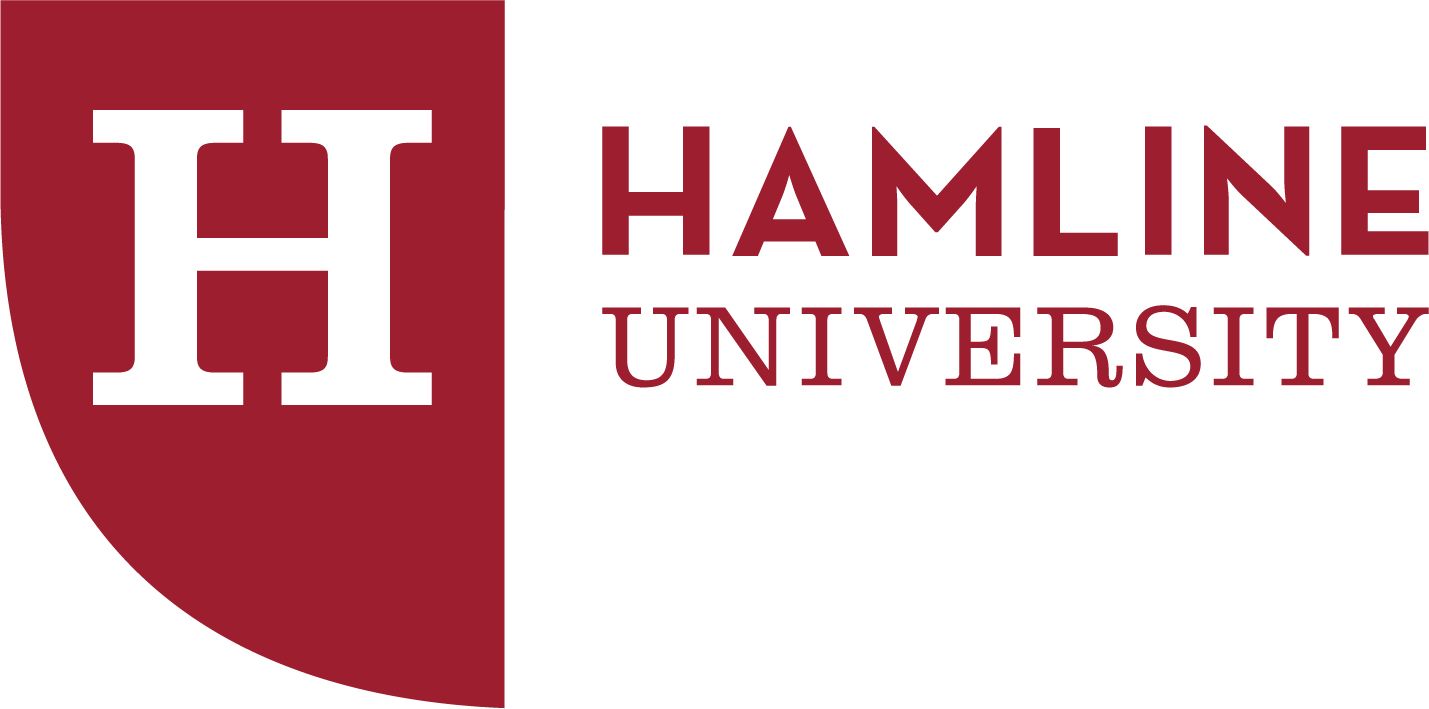Leading the Way Forward
Hamline University’s “Education 2050”
aims to invent tomorrow’s educators today
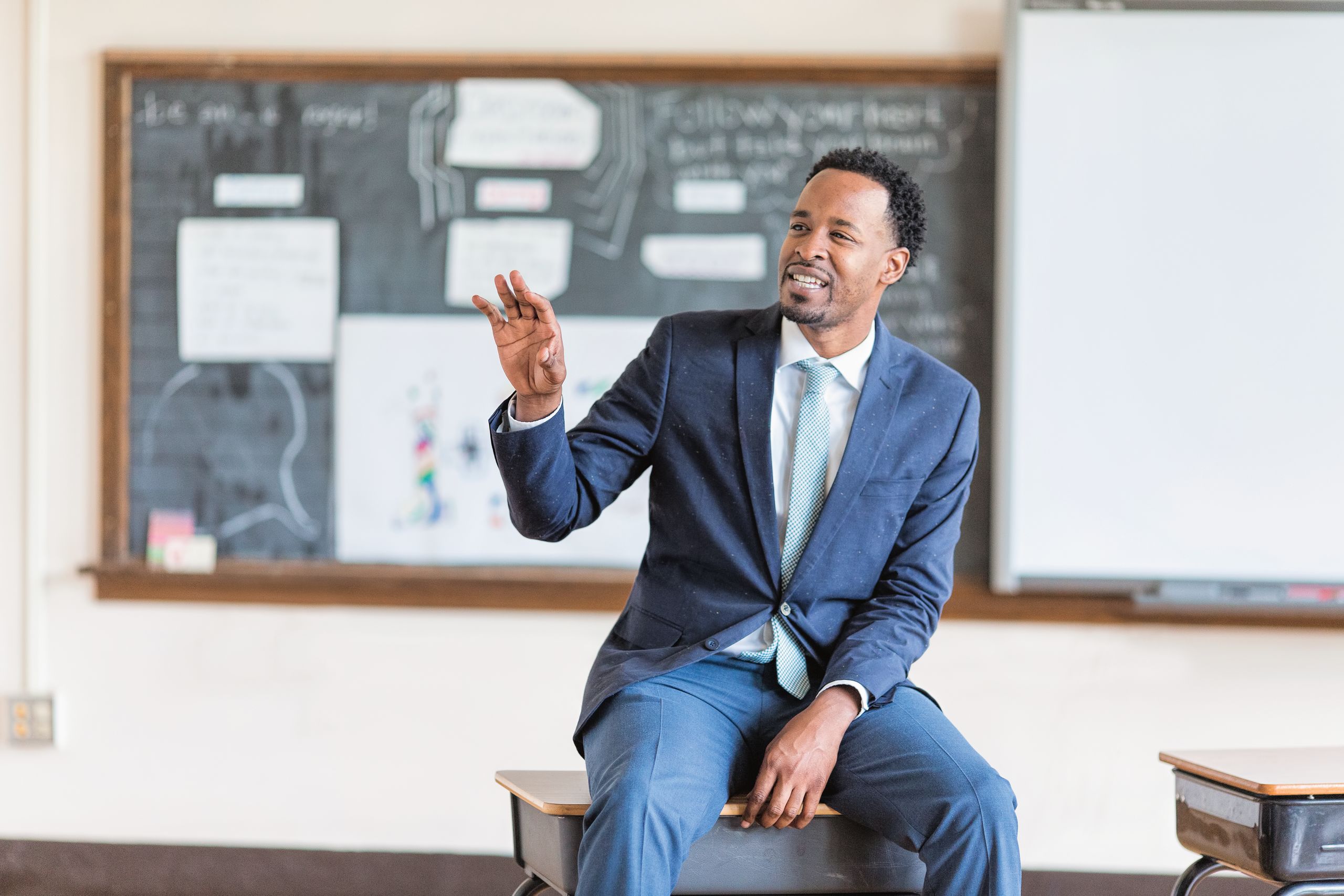
Booker T. Washington once said that “excellence is to do a common thing in an uncommon way.”
Hamline University’s School of Education, in St. Paul, Minnesota, has channeled Washington through its framework for an exceptional investment in education’s future. It’s called Education 2050.
According to Marcela Kostihová, the dean of the College of Liberal Arts in which the School of Education resides, the name is appropriate.
“We wanted the time horizon to extend beyond the immediate career of anyone employed here,” she said, “so we think beyond our immediate needs and wants. It’s designed to look into the future with an eye on skills tailored to 21st-century context.”
Hamline’s School of Education does well educating teachers in the present -- three of the last five Minnesota Teachers of the Year are Hamline graduates (including 2016 winner Abdul Wright, shown above.) But Kostihová and her team understand that to reach the students of tomorrow, teachers will need specific, ever-evolving skills.
That meant doing some homework.
“We started by brainstorming known opportunities and challenges of the 21st century,” Kostihová said. “One doesn’t need a crystal ball to map some of the key issues that will influence the next few decades.”
In response, Education faculty identified trends around which the school has re-centered its curriculum:
Sustainability in education goes beyond the environment.
“Sustainability” often alludes to environmental concerns, but in the context of education, it’s more broadly defined, says Patty Born Selly, an assistant professor of environmental education.
“How do they [higher-ed institutions] contribute to social justice and public citizenship?” she asks. “We work with educators on fostering democratic and inclusive classrooms that create equity for all students.” This, in turn, supports more sustainable societal structures.
As the educational field moves inexorably toward the future, Kostihová says Hamline’s curriculum will adapt to changing needs.
“The key to it all is an inspiring curriculum that integrates lifelong learning,” Kostihová said. “We can’t stop in this process or it won’t work.”
Culturally and linguistically diverse students are changing the face of education.
Minnesota has the highest number of refugees per capita of any state, so Hamline needs to prepare teachers to reach this population.
“All Minnesota teachers, in urban and rural contexts, are encountering new challenges,” Kostihová said. “We have to help educators develop new professional skills.”
Assistant Professor Michelle Benegas leads the university’s English Learner in the Mainstream (ELM) program. Funded by a five-year, $1.5 million U.S. Department of Education grant, the program trains hundreds of coaches who through this spring trained over 2,000 teachers across Minnesota to equitably teach both native and non-native English speakers.
“We’re looking at ways to equip teachers with knowledge about the emotional and social needs of immigrant youth,” Benegas says. “Hamline trains teachers to build students’ skills in English while also sustaining the cultural and ethnic diversity that enriches the classroom.”
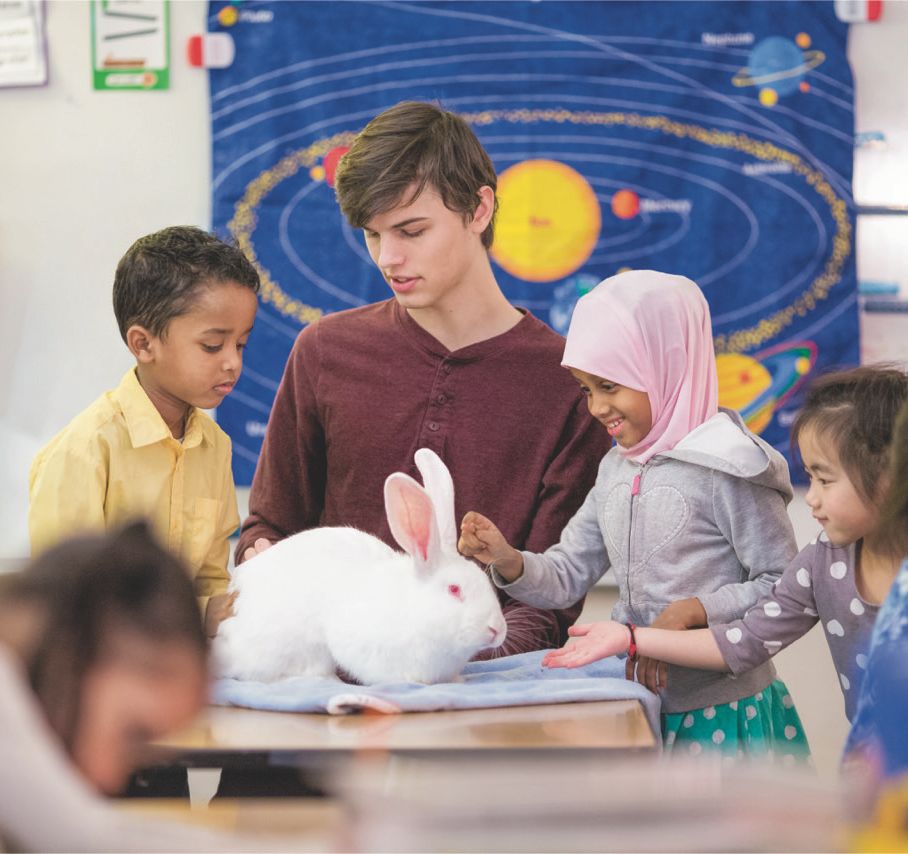
Technology is changing how students learn.
While the transformative effects of technology on education are self-evident, it’s critical for education students to keep up with the rapidly changing technological landscape. Professor Mike Reynolds, Hamline’s associate dean of graduate programs in the College of Liberal Arts, notes that teachers “need to be well versed in many different technologies, but as there’s no guarantee that the tech they learn will be the tech their district uses, it’s more important that they be resilient and adaptive.”
Technical skills are important, but fostering flexibility and adaptability are critical.
The need for teachers of color is growing, while overall teacher rolls are shrinking.
All students need a diverse set of role models among their teachers, but currently, 96% of Minnesota teachers are white. To help diversify Minnesota’s teacher workforce, Hamline’s School of Education has deployed funds provided by a State of Minnesota Collaborative Urban Educator grant to support future teachers of color and indigenous teachers.
Providing targeted mentoring throughout the program and in the first year of teaching, program graduates are retaining in the profession at rates of 90% or above, much higher than the current averages in the field. According to 2017 research from the Minnesota Department of Education, one-quarter of new teachers leave their positions within three years, and the number of teachers leaving the profession is up 46 percent from 2008.
Professor Rebecca Neal, director of Hamline’s Center for Excellence in Urban Teaching, notes that “being culturally sensitive to students personal and professional needs sets them up for success.”
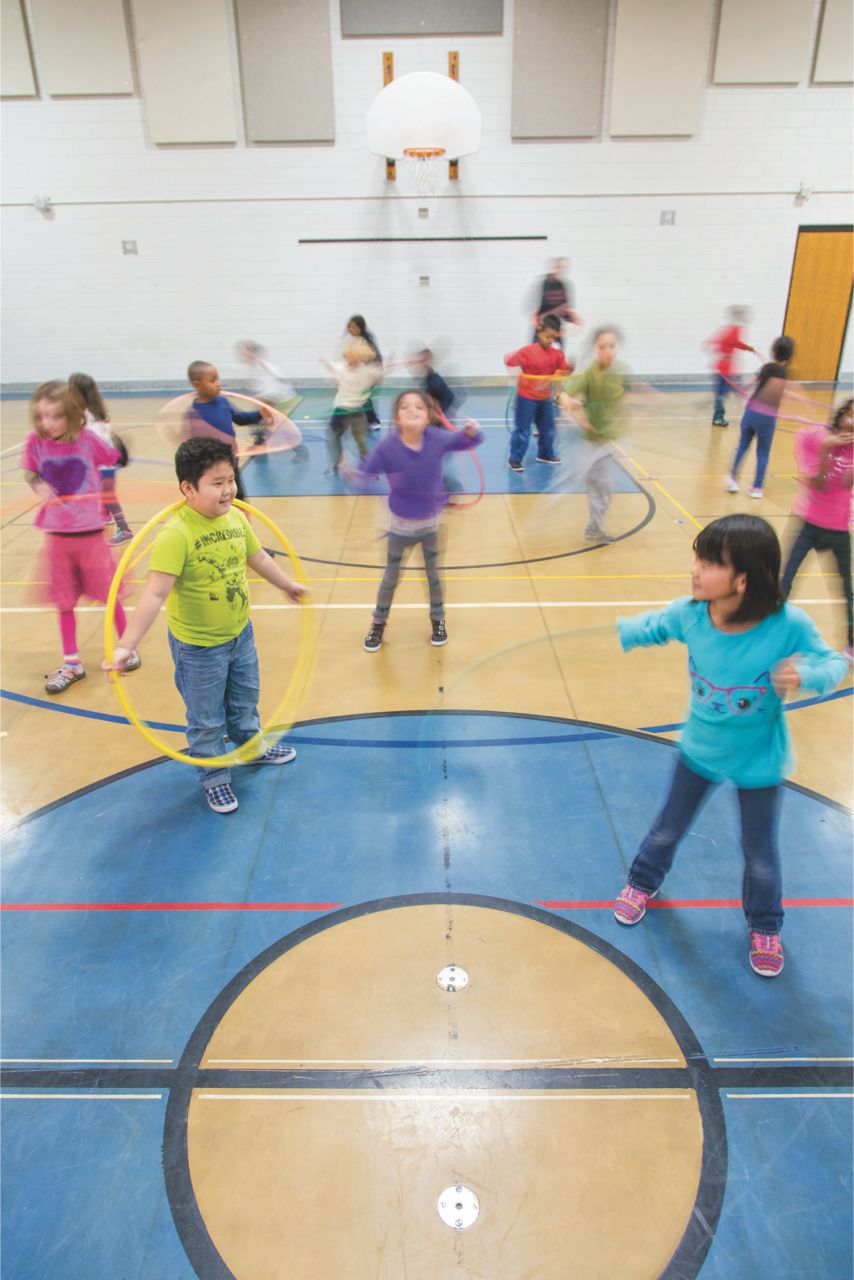
Classroom learning is experiential and student-driven
The days of students sitting in neat rows in a classroom are long past. The trend toward active, personalized engagement in student learning will only accelerate.
The lab-school model, in which a K-12 school affiliates with a college or university, provides a forum for this kind of student-driven, engaged learning. Education 2050 includes the “Hamline to Hamline Collaboration,” a collaborative lab-school relationship with nearby Hamline Elementary School, believed to be the only public-private lab school relationship in the United States.
Each year, Hamline Elementary School teachers, in conversation with Hamline School of Education faculty, identify areas in which they would like to improve, and collaboratively design new pedagogical approaches to pilot in the following year.
“Lab schools need to be connected to the lived experiences of their students and the communities in which they live,” says Maggie Struck, assistant professor of education.
In summary, Education 2050 is a strategic pathway. To prepare Hamline graduates to teach tomorrow’s students, Kostihová said there’s one overarching idea to remember:
“We have to walk our talk,” she said. “If we want our students to be successful from Day One and for years to come, we need to show them what that future looks like.”
